33 bones – called vertebrae – carries the whole load of human body. The main frame formed by these vertebrae is called “spine.” In healthy humans, the vertebrae are arranged in a line and in an alignment with the head and feet. Depending on a person’s posture the spine is slightly inclined to inwards around the waist and head areas, while it is slightly inclined to outwards around the tail line and back areas. Thus, a healthy individual’s spine should not be inclined to right or left. However, the spine health may be affected during the transformation phase between childhood and adolescence. If a person has wrong posture, the spine may develop a curve. During the childhood, the structure of the spine changes and develops each year. Thus, the childhood phase is very important in terms of taking protective measures against spinal diseases.

What Is Childhood Spinal Illness?
The most common type of childhood spinal illness developed due to posture disorders that cause the spine to look like a “C” or “S” is the condition called “scoliosis.” Normal and healthy spines look in a straight alignment from top to bottom. However, in the case of scoliosis, the vertebrae are displaced towards right or left and whirl around their own axis. This spine disease, which is observed in men and women in the equal rate, advances faster in women. Moreover, the fastest rate of development of scoliosis occurs during the patient’s transformation into adolescence.
During this phase, the degree of the curvature grows faster until it stops in the post-adolescence. Spinal infections are also considered among the childhood spinal diseases. Spinal infections are less prevalent among children compared to adults. The infection may affect the bone structure of the spine, the surrounding area of the spinal cord, and the cushions – called disks. However, among children, it can be argued that this condition is more commonly occurs on the disks. Antibiotics are prescribed for treatment of the spinal infections among children, which allows taking the condition under control in a short span of time.
Besides all above, spinal tumors may develop during the childhood. Revealing itself by causing pain in the neck and waist areas, the tumor may also cause numbness in the arms and legs. Benign tumors are treated by close monitoring while malign tumors are treated by chemotherapy or radiotherapy. However, in the cases of malign tumors, surgical intervention is usually the preferred option.




